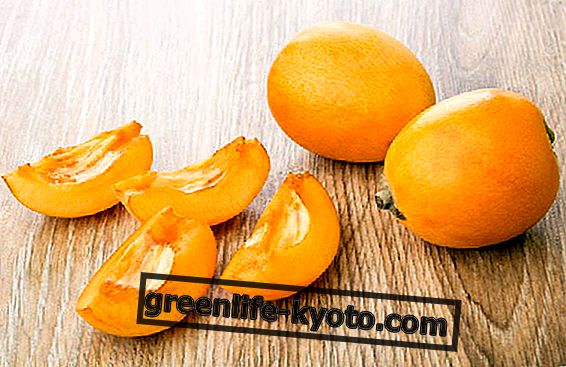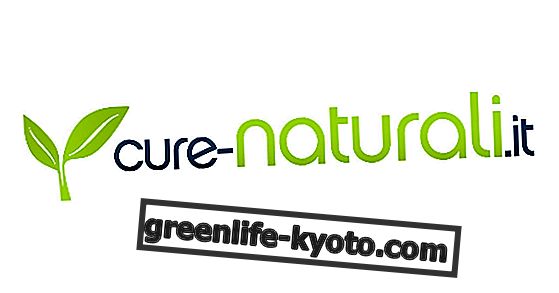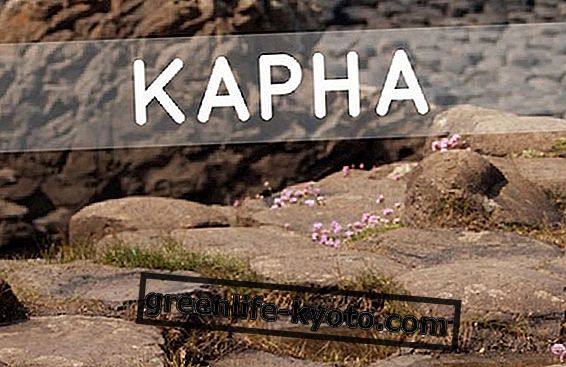
As many know, yoga has also come to the gym . A very broad parenthesis could be opened about the meaning of this choice, but we will not. We will limit ourselves to saying that more and more, especially in some areas, yoga discipline is considered a branch of fitness (with all the horror that this statement brings with it) and inevitably follows trends and fashions.
One of the most validated to which we are witnessing in recent years is that which sees the transfer of a large number of activities in the water .
This is how aquagym was born (gymnastics or water aerobics), acquastep (water step), aquapilates (pilates in water), hydrobike (spinning in water) and the like. Could yoga avoid this process? Apparently not, so here is the woga (water yoga) .
Yoga in the water: woga or acquayoga
The woga comes from America, more precisely from California. It was also developed by the therapist Harold Dull father of the so-called "watsu" or the shiatzu practiced in water.
A woga lesson does not differ in substance from a classic hatha yoga if not, in fact, in the fact of taking place in the pool or, in any case, immersed in hot water up to the waist or shoulders .
Most asanas are practiced standing or floating thanks to supports and generally include a part dedicated to pranayama (breath control).
This type of yoga makes use of that powerful tool that is water: beyond the many cultural symbolisms linked to this element, it makes the body light, has an undeniable calming effect and, on average, helps in the maintenance of asanas .
Thanks to the lesser articular load to which the organism is subjected, this discipline is particularly recommended for pregnant women, the elderly, people who are severely overweight or who have had some injury or surgery: all the above categories could encounter difficulties in dry activities ", While moving in the water I make everything much easier.
With regard to the woga, the teacher Stefania Montagna was interviewed by the weekly “Oggi”, which highlighted the benefits, stating: “ There are many. This type of yoga can facilitate the healing of aching joints. Tendons and muscles relax easily, thus favoring a wide range of movements that allow you to free your back from tension, pain and stiffness. Through the yoga positions practiced in the water, all the joints quickly become more flexible and the tendons are stretched gently. So you get a good muscle tone ".
A type of yoga that is not widespread, but of great potential
Currently there are many types of yoga unnecessarily fashionable, but, in this category, we do NOT feel like including woga. First of all because it is a completely accessible form of yoga, indeed, it comes to the rescue just to those who may have problems in their usual practice; moreover because the water, especially if in an adequate context, can actually rock in relaxing and meditative atmospheres, of self-listening and introspection facilitating, especially in some subjects, the practice also from an emotional point of view.
We therefore trust that some centers will be able to capture the inspiration and introduce the woga among their activities. Waiting for the encounter with the mat, this variation of yoga seems to us an excellent alternative .













